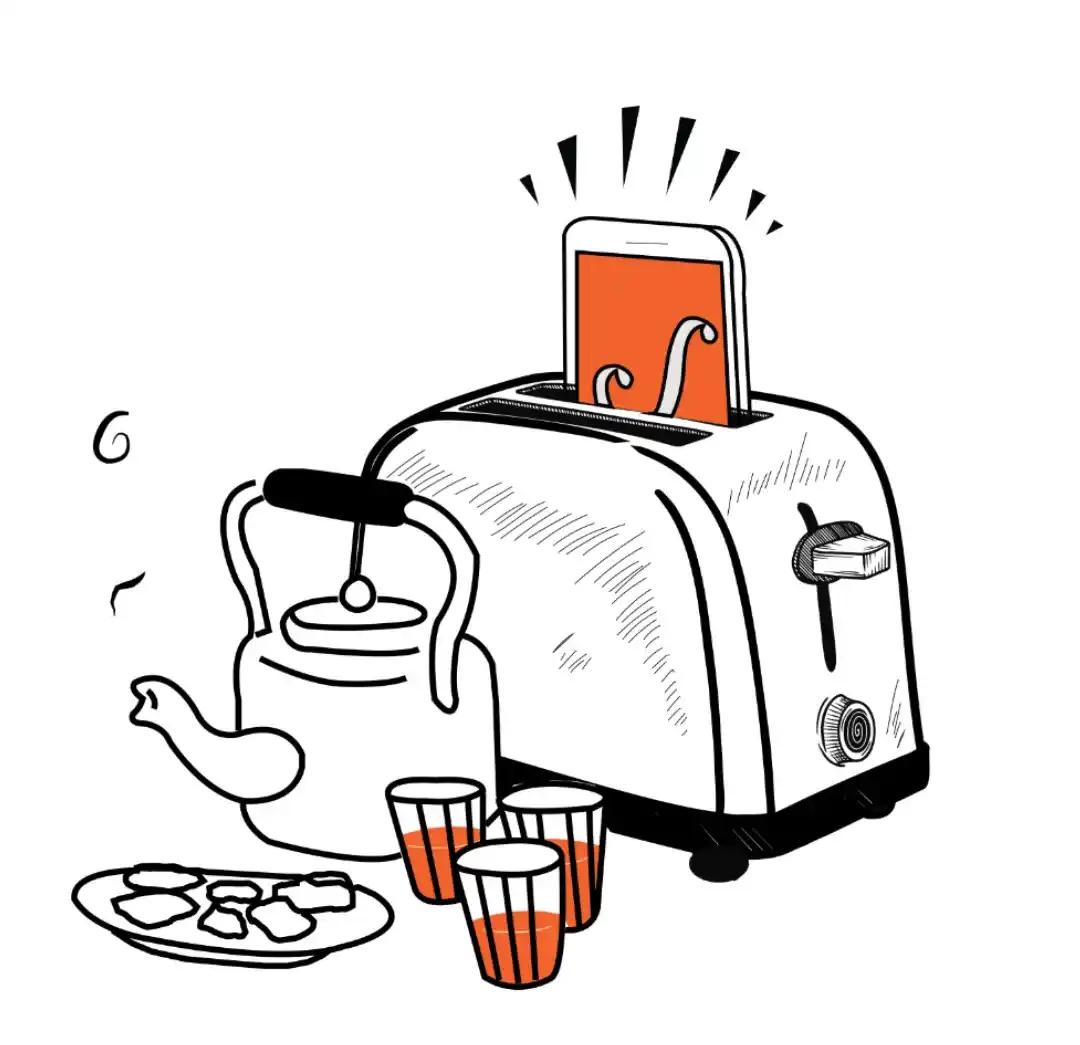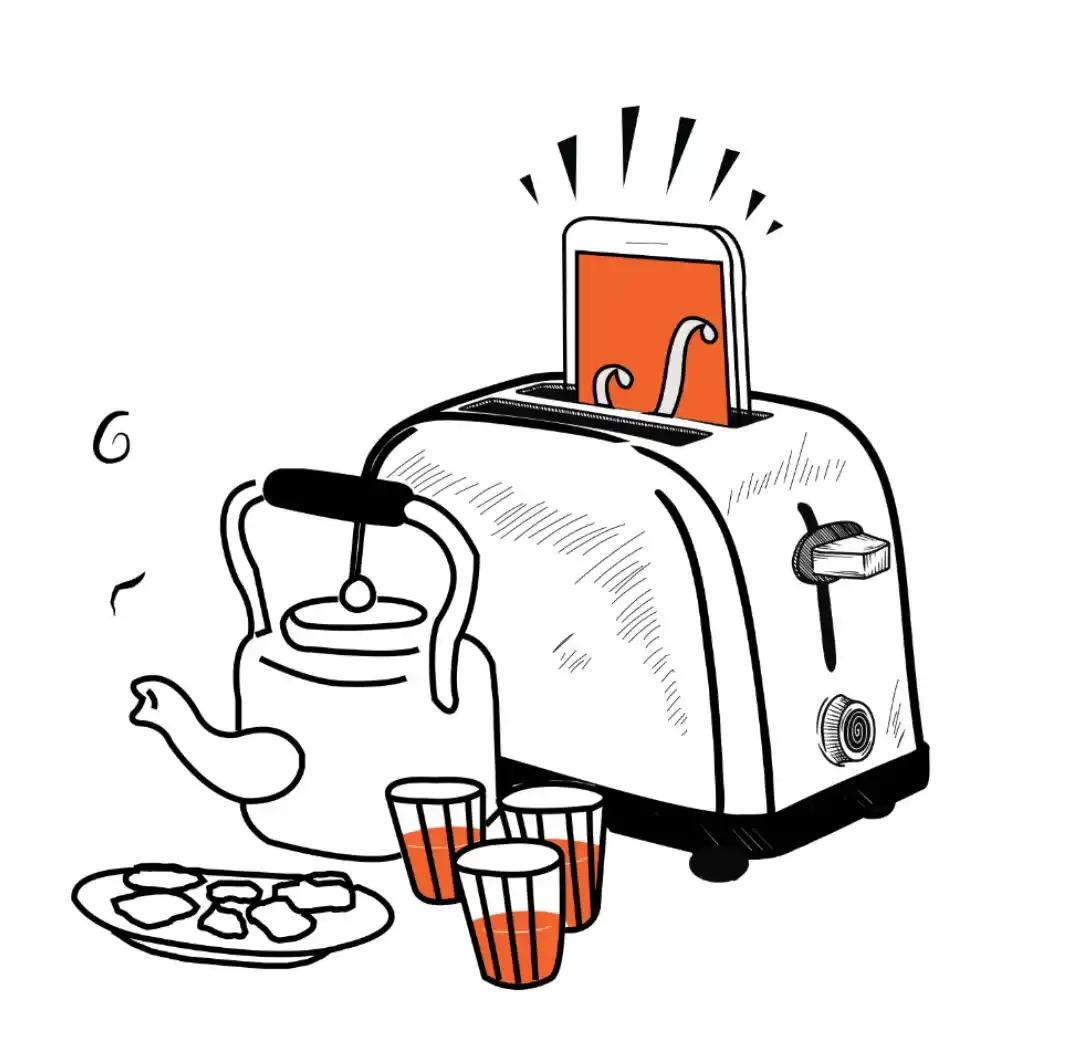
Welcome to The India Fix by Shoaib Daniyal, a newsletter on Indian politics. To get it in your inbox every Monday, sign up here. Have feedback, interesting links or memes? Send them to shoaib@scroll.in.
On Thursday, the World Health Organisation, the public health agency of the United Nations, published its estimations of total deaths due to the Covid-19 pandemic in the years 2020 and 2021. A sobering 14.9 million people died around the world due to this new virus as well as its secondary effects such as people with other diseases being unable to access collapsing healthcare systems, it said.
However, perhaps even more disconcerting than the overall global figure was India’s death toll: 4.7 million. This meant India was the country hardest hit by Covid, with approximately a third of the global deaths.
Excess deaths associated with COVID-19 pandemic from all-causes

The WHO’s estimates caused a political storm. Earlier in April, reports had emerged that the Narendra Modi government was pressuring the United Nation’s medical organisation to delay publication of these figures. As soon as the report was published, the government hit back with several rebuttals, arguing that the official Indian figures (which were around a tenth of WHO’s estimates) were accurate. One government press release even claimed that death registration during the pandemic has seen a significant improvement and India now had a near-perfect system, with 99.9% death registrations in 2020.
Unfortunately, the Indian government was ploughing a lonely furrow. Numerous studies have agreed with the WHO that India’s official figures are a drastic undercount of the true toll. Earlier in March, for example, a study published in the Lancet medical journal put the Covid-related toll at more than 4 million. India’s constant (and crude) dismissals of these scientific estimates “reek of bad faith”, points out London-based mathematician Murad Banaji, who has studied the pandemic in India closely.
This mortality data is further triangulated by the sheer state of collapse during India’s horrific second wave in 2021. From hospital beds to oxygen cylinders, almost every healthcare service seemed unavailable at the time, leading to the Economist describing the Indian state as having “melted away”.

The dog that didn’t bark
Here is a paradox though: why did Indian democracy produce no political reaction to this incredible distress? At the start of the pandemic, the Modi government seized emergency political powers, placing the Union government in charge of the states when it came to directing the pandemic response. In theory, therefore, the Bharatiya Janata Party should have been held accountable by voters for the collapse during the second wave. It should also have been blamed for the incredibly harsh, unplanned lockdown in 2020 which saw the Indian economy suffer more hurt than any other.
Yet, nothing of the sort happened. In fact, if anything, the BJP seems to have become more powerful. Earlier this year, it swept the Uttar Pradesh elections. The devastation of the previous year, with bodies floating in the Ganga, did not even feature in the campaign.
What explains this inexplicable breakdown in the democratic accountability loop for a catastrophe the scale of the Covid-19 pandemic?
Lapdog media
The single largest reason seems to be lack of media critique. Throughout the pandemic, big media houses – especially Hindi and English-languages outlets based in the National Capital Region – chose to avoid blaming the government for both the economic losses as well as the healthcare collapse. Instead, Covid-19 was portrayed as a global act of god that had affected each and every country in much the same way. Very few news reports made it to the mainstream Hindi and English media showing government malfunction or the fact that India was one of the worst-hit countries.
In fact, even the latest WHO data was covered by the mainstream media quite poorly, with newspapers and TV channels either simply choosing to avoid highlighting it in their reporting or, in some cases, uncritically running with the government line.
Along with lack of government critique, large media houses also devoted significant amounts of airtime to absurd accusations that Indian Muslims were responsible for the spread of Covid-19 in the country. The Tablighi Jamat came in for intense scrutiny during this part of the news cycle, claiming that a meeting of the Muslim organisation around the time lockdown was declared was responsible for the virus spreading through India.
There was, of course, little scientific backing for this and two years later all the foreign Tablighis at the event have been freed. However, by turning public anger against a minority group rather than the government, the media hysteria offered a critical safety valve for the BJP.
The Opposition also failed to perform its duty by failing to help Indian voters understand that their predicament was at least partly due to government malfunction. The BJP also made sure that Opposition space was curtailed significantly. India’s Parliament, for example, played no part in the pandemic and governance was centralised almost completely in the Union executive.
In contrast, democracies like the United Kingdom placed an immense amount of reliance on their legislatures during the pandemic. This lack of opposition voice in India allowed the government narrative to become hegemonic.

A democracy without checks
In theory, democracies are well-placed to handle natural calamities because their internal structures allow them to absorb and respond to extreme stresses compared to more brittle authoritarian governments. The most famous explanation of this mechanism has come in the work of economist Amartya Sen, who argued that democracies do well in combating famine thanks to the constant pressure the government is put under by Opposition parties and a free press.
But what happens to Sen’s model in a country like current-day India where the press is now seen by experts as quite unfree? India’s rank on the Reports without Borders’ World Press Freedom Index, for example, now stands at 150 out of 180 countries (China-ruled Hong Kong is two places higher).
In his 2014 book An Uncertain Glory, Sen seems far more critical of the Indian media than in his pioneering work on famine prevention. If a person only read the Indian media, she “would be only vaguely aware of the fact that India has the largest population of seriously undernourished people in the world”, he points out.

Like the media, the Opposition is also not functioning in the way it should in a democracy. In many states and at the Centre, there is little space given to the Opposition to compete fairly. In states like Uttar Pradesh, in fact, the police is often wheeled out to explicitly curtail Opposition activity.
That India just saw a bruising episode of mass death and economic collapse with almost no political expression might be a significant example of India’s current moment of democratic malfunction. Thus Sen’s model, where a democracy with a free press and a vigorous opposition can prevent catastrophes, might not apply to India in 2020-’21 at all. That is possibly why India experienced such a catastrophe during the first two Covid-19 waves.





















Write a comment ...